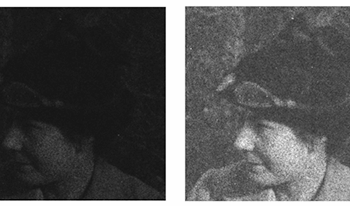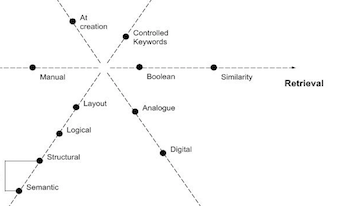
Online networks are a highly topical issue for continuous learning and also for management policy development within the cultural heritage sector. In our project, a well-known framework for community building was adopted and tested in practice: firstly, we conducted a needs assessment and planned usability and sociability practices in parallel. We explored how to succeed in building an online expert network, relying on careful needs assessment, openness, a participatory approach and identifying lead users. Our case highlights the significance of data safety, encouraging networks to rely on platforms where the user community manages its own knowledge base. We believe our case has important implications for cultural heritage professionals internationally, but it is also insightful for other expert groups and professional sectors.

Autochromes, invented by the Lumi`ere Brothers in 1907, consist of a glass plate, photographic emulsion, and a colour filter made of dyed potato starch granules and carbon. Due to the autochrome’s fragile nature and susceptibility to fading and damage, many institutions limit the plates’ exposure to light and movement. This highlights the importance of high-quality digitisation to ensure wider public access and preservation. Currently, there are no specific guidelines for digitising autochromes. To address this, a survey was conducted to understand current practices around autochrome digitisation. Additionally, imaging tests were performed to evaluate different methods and provide guidelines. The survey results and experimental findings will inform standardised digitisation approaches.

With the initiatives like Collections as Data and Computational Archival Science, archives are no longer seen as a static documentation of objects, but evolving sources of cultural and historical data. This work emphasizes the potential updates in preserving and documenting digital audiovisual (AV) content from a data perspective, considering the recent developments in natural language processing and computer vision tasks, as well as the emergence of interactive and embodied experiences and interfaces for innovatively accessing archival content. As part of Swiss national scientific fund Sinergia project, this work was able to work end-to-end with real-world AV archives like Télévision Suisse Romande (RTS). Resorting to an updated narrative model for mapping data that can be obtained from the content as well as the consumer, this work proposed an experimental attempt to build an ontology to formally sum up the potential new paradigm for preservation and accessibility from a data perspective for modern archives, in the hope for nurturing a digital and data-driven mind-set for archive practices.

This paper considers how digitisation can be mobilized by museums as a tool of both photographic preservation and access by placing the materiality of its objects at the fore. Using the digitisation workflow of the acetate negatives in the Berenice Abbott Archive at the Ryerson Image Centre this paper will address these concerns. First, this paper will describe the material aspects of Abbott’s acetate negatives, and the preservation issues in the collection. Second, it will describe the monitoring of vinegar syndrome present in the collection and the development of a digitisation workflow based on acetic acid off-gassing and the development of a priority sequence. Third, this paper will demonstrate how digitisation can be used to preserve and provide access to the object, its condition, and the image without sacrifice.